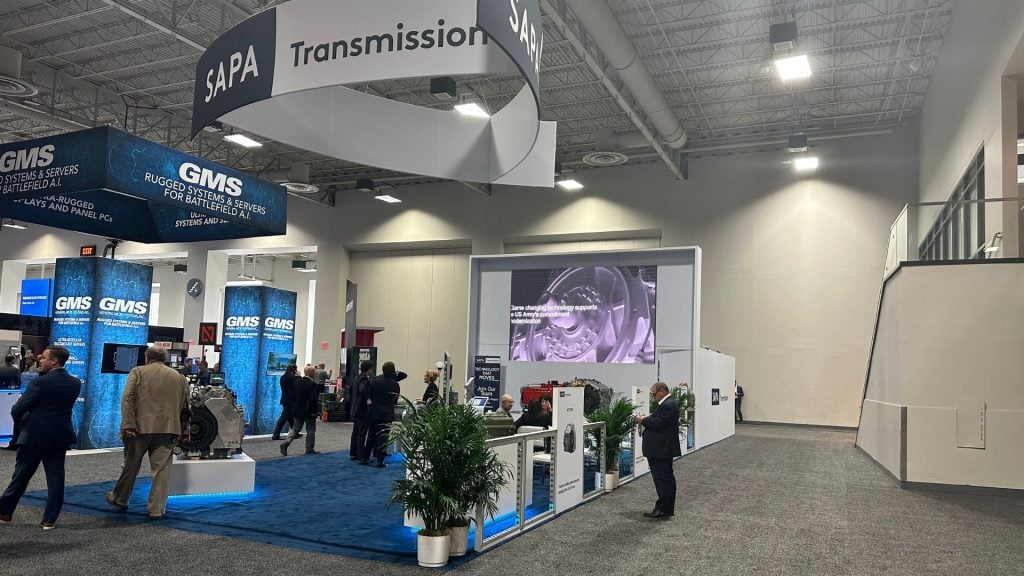
Introduction
Trade shows are more than just events; they are orchestrated environments designed to engage, inspire, and influence. Behind every impactful booth is an understanding of attendee psychology—a blend of design, messaging, and interaction that captures attention and fosters connection.
In this blog, we’ll explore the role of psychology in trade show design and how you can use it to create spaces that resonate with visitors on a deeper level.
Understanding the Basics of Attendee Psychology
Trade show attendees are exposed to a myriad of stimuli—from vibrant visuals to enthusiastic pitches—all competing for their attention. Understanding how people think, feel, and behave in such environments is the first step to designing a booth that stands out.
The Power of First Impressions:
First impressions are formed within seconds, making it critical for your booth to communicate its value immediately. Visitors often decide whether to engage with your booth based on its visual appeal and perceived relevance.
The Role of Emotional Connection:
People remember how a brand made them feel more than what it said. An emotionally engaging booth—through storytelling, immersive experiences, or relatable themes—can leave a lasting impression.
Cognitive Overload and Simplicity:
Trade shows can overwhelm attendees with information. Simplifying your design and messaging helps prevent cognitive overload, ensuring your key messages are understood and retained.
Key Psychological Principles in Trade Show Design
To create a booth that speaks to attendees, leverage these psychological principles:
1. Color Psychology
Colors evoke emotions and influence behavior. Use them strategically to align with your brand and evoke desired responses.
- Blue: Trust and professionalism.
- Red: Energy and urgency.
- Green: Sustainability and growth.
- Yellow: Optimism and creativity.
2. The Rule of Three
Our brains are wired to process information in patterns of three. Structure your booth elements—messaging, visuals, or displays—around groups of three to enhance comprehension.
3. Social Proof
Attendees are more likely to trust and engage with brands that showcase social proof. Highlight customer testimonials, awards, or live product usage to build credibility.
4. The Halo Effect
The “halo effect” suggests that one outstanding element can positively influence overall perception. Invest in one standout feature, such as a visually striking centerpiece or a captivating demo, to draw attention.
5. Interactive Engagement
People remember experiences more than visuals alone. Incorporate interactive elements like hands-on demos, games, or live polls to keep visitors engaged.
Applying Psychology to Booth Design
Here’s how you can translate these psychological principles into actionable booth design strategies:
Captivating Visuals
Use bold, high-quality visuals to draw attention from a distance. Incorporate your brand identity consistently across banners, screens, and props.
Clear Messaging
Simplify your messaging with concise, benefit-focused statements. Ensure key information is easy to read and understand within seconds.
Strategic Layout
Design your booth to guide visitors naturally through the space. Use open layouts to encourage entry, and position key attractions where they’re easily visible.
Sensory Elements
Engage multiple senses to enhance memorability. Add tactile materials, subtle fragrances, or ambient sounds to create an immersive experience.
Personal Touch
Train your staff to approach attendees warmly and personalize interactions. A friendly smile and a genuine conversation can be as powerful as your design elements.
Measuring Success
To determine if your psychology-driven design strategy worked, consider these metrics:
- Visitor Traffic: Monitor how many people visited your booth.
- Engagement Rates: Track participation in interactive elements or demos.
- Lead Quality: Assess the value of leads generated during the event.
- Feedback: Collect attendee feedback to understand their experience and impressions.
Conclusion
Trade show design isn’t just about aesthetics—it’s about creating an environment that speaks to attendees’ minds and hearts. By incorporating psychological principles into your strategy, you can design a booth that not only attracts visitors but also connects with them on a deeper level.
In the competitive world of trade shows, understanding and leveraging attendee psychology is the ultimate game-changer. Take your design beyond the surface, and watch your trade show presence transform into an unforgettable experience.


 Global
Global Europe
Europe

